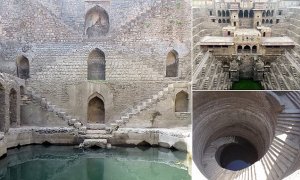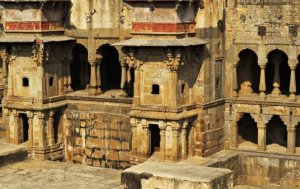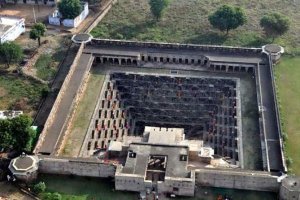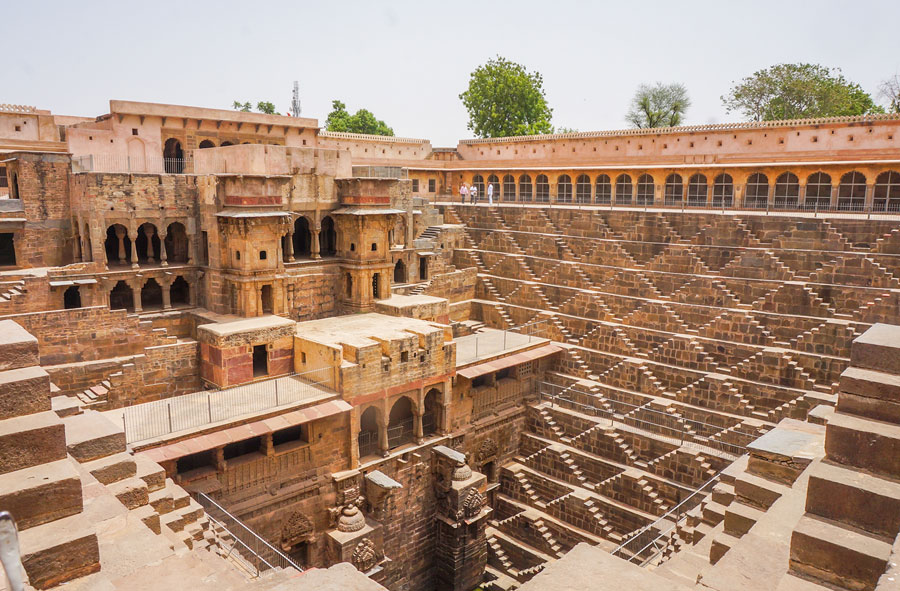Are you looking for a truly unique and unforgettable travel experience? Then look no further than the Chand Baori stepwell in Rajasthan, India.
This jaw-dropping architectural wonder is one of the deepest and largest stepwells in the world, and it’s sure to leave you breathless. With its dizzying array of steps and its stunningly symmetrical design, Chand Baori is a must-see for any visitor to India.
So what are you waiting for? Start planning your trip today!
Chand Baori
Chand Baori is a Stepwell in the villages of Abhaneri is one of the best attractions of Rajasthan, most hidden wonders of India.
This village is on Jaipur-Agra highway; around 95 km drive one way from Jaipur. This place has spiritual value and located near the district of Dausa is dedicated to Harshat Mata, goddess of joy and happiness.
Chand Baori Rajsthan in India
This is the oldest and largest stepwell in India built by the great king Raja Chanda somewhere in the 9th Century is a part of Indus Valley Civilization. Reason of built this stepwell to conserve water and provide relief from the intense heat of Rajasthan.
In Early times local people and royals also came here for social gathering. Chand Baori an Architectural landmark with around 3500 symmetrical narrow steps going down. It’s this exquisite geometry that attracts tourist from various destinations.

The Play of Light and Shadow on the steps at various time intervals is what makes the structure so interesting.
Architecture of Chand Baori
The Dramatic architecture of the Chand Baori and its deserted location also makes it a shooting point for Bollywood and Hollywood movie like “Dark Knight Returns”, where Bruce Wayne must attempt a perilous climb to escape his confinement and return to save Gotham and Bhool Bhulaiya.
Chand Baori is built as you go down you get one more step closer to the bottom. The typical character of the stepwell is semi-arid region.
There is an also three-storied open hall with highly intricately carves Jharokhas, galleries and balconies meant for the royal families.

Stepwells were exclusively designed to bring out rainwater in a drought season and enable people to access the water.
The architecture design of this Stepwells was in several stories deep, each story connected to the next through vertical flights of steps all around the internal circumference and linked horizontally by columned halls whose stone walls were beautified with a profusion of sculptures.
Significance of Chand Baori
This stepwell built in a time where water was worshipped as a life-giving resource, it is an example of how storage of water in the form of rivers, lakes, ponds – and in this case a water-harvesting reservoir – were high through architectural adornment, holy through religious tradition, and celebrated as spaces for social interaction.
It is a unique architecture of carved and decorated inner walls that are 13 stories deep and connected through hundreds of flights of steps, leading all the way down to the lowest water level.

One feels valuable visiting this place, the accuracy of flights of steps and symmetry is the principle design and focus of attraction.



